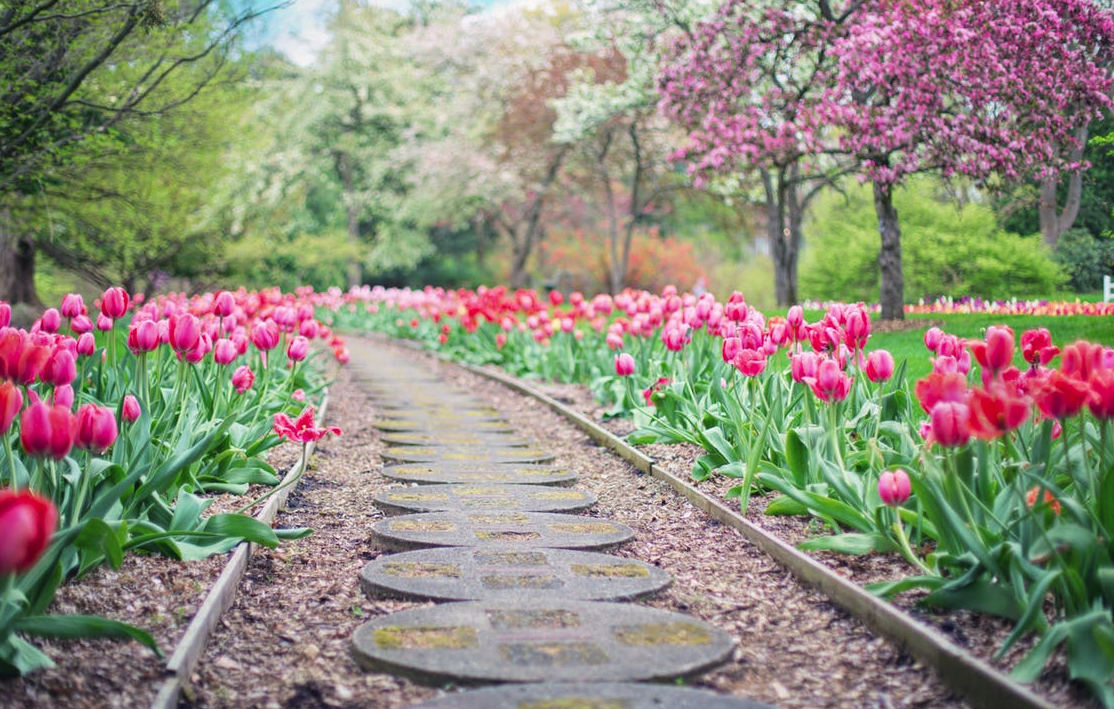Selecting a Green Wall For Your Residential or Commercial Project
When it comes to selecting a green wall, many have reservations against them. They worry about things such as: the longevity of the plants, the smell, whether or not it will rot, the maintenance involved, and the installation. In this guide, we take a look at the specifications of a green wall and help you choose one that will provide optimal results.
First, let's take a look at the components of a green wall. A green wall is known as a vertical wall that is partially or entirely covered in vegetation. They are generally categorized into three different systems: panel/modular systems, freestanding walls, and tray systems. By getting an understanding of the three system types, you'll be able to choose a wall that is best for your project.
Freestanding Walls
Freestanding walls are most commonly used indoors and are preferred for spaces that undergo continuous change. With a freestanding wall, there are opportunities to use it as a room divider or place it against a wall.
Panel/Modular Systems
Available for immediate installation, a panel/modular system has plants that are grown directly into the panels. The plants are pregrown up to 6 weeks prior to being installed within the panel. This style of greenwall can be installed indoors or outside in any climate.
Tray Systems
With a tray system, the plants are grown off-site and inserted into the wall. This system is preferential for those that prefer design flexibility since the trays can be removed and replaced. It's important to remember, however, that In order to avoid bugs, fungus, or mold to form, it's advised to replace the trays each month.
Water Management Systems
Drip Irrigation System
Green walls are commonly designed with a drip-irrigation system because it maximizes the use of water. Typically, the system is also automated to minimize water waste and ensure the prosperity of the plants.
Tank/Recirculation Systems
Another common form of irrigation is recirculation. This system is incredibly efficient since it reuses water continuously. After a tank is initially filled up, water is pumped from the tank and dispersed along the wall. The remaining water that reaches the bottom of the wall is recollected in the tank. It then undergoes the process again until there is no water left in the tank.
Design Considerations
When it comes to choosing plants for a green wall, there are a few factors to consider. First, you want to analyze the likelihood of the plant your interested in surviving the conditions. Next, you want to consider the amount of light it would need. Lastly, you want to consider the shape and size of the plants as you'll need to ensure the wall can support their growth. Below we take a look at what to consider in regards to choosing proper plants for your wall.
Plant Survival
After putting all of the effort into getting a living wall, the last thing you want to have happen is for it to quickly die off. To prevent this, consider the conditions of your environment. If you're in a dry area with less light vs an area that is more humid with brighter light, you'll want to plan your plants accordingly. To be safe, you can typically find plants that can be tolerant to their surroundings.
Light
There are a lot of elements to consider regarding light such as the type of lighting required for your plants and the style of lighting you prefer. When it comes to light, you must first understand how the colour and type of lighting will determine the plants health and viability. You're best to pick plants that have the same light tolerance in order for them to all thrive on your wall. Plants such as Acacia Cognata (Limelight, Bower Wattle), and Davallia Fejeensis (Rabbit's Foot Fern) prefer indirect to low light while plants such as Soleirolia Soleirolii (Baby's tears), and Aeschynanthsus (Lipstick Plant) thrive in brightly lit situations.
Plant Species
Since the plants will be banded close together, you want to ensure that you've chosen species that can blend well with each other. Some of the recommended plant types include: pothos, rabbit's foot fern, sword fern, lipstick plant, wedding vine (stephanotis floribunda), peace lily (spathiphyllum wallisii), or crotons (codiaeum variegatum pictum).
When it comes to choosing a green wall, it's important to remember that each design choice you make will ultimately influence all of your other decisions. For example, choosing the plant species is just as important as choosing the water management system. This is because you'll need to select a watering system that can specifically cater to your chosen plants. Ultimately, It takes patience, care, and responsibility in order to have a thriving and lustrous green wall.
Search 'Vegetated Wall Coverings' on CADdetails.com
cover photo © unsplash










